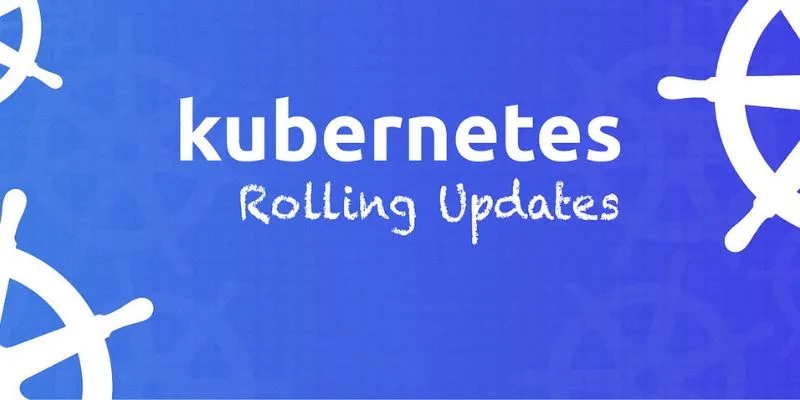
In the rapidly evolving world of software development, continuous delivery and deployment are crucial for maintaining a competitive edge. Kubernetes, a powerful container orchestration platform, provides a robust mechanism for deploying applications efficiently. One of the key features that facilitate seamless deployments is rolling updates. This article delves into the concept of rolling updates in Kubernetes, exploring its significance, implementation, and best practices. If you’re looking to enhance your skills in this area, consider enrolling in DevOps Training in Bangalore.
Understanding Rolling Updates in Kubernetes
Rolling updates in Kubernetes enable you to update applications without downtime. Instead of taking down the entire application at once, Kubernetes updates the application incrementally, one instance at a time. This ensures that your application remains available to users throughout the update process.
The rolling update process involves gradually replacing the old version of your application with a new version. Kubernetes accomplishes this by terminating old instances and creating new instances based on the updated specifications. The deployment controller manages this process, ensuring that the desired number of replicas is maintained throughout the update.
Why Use Rolling Updates?
- Minimized Downtime: Rolling updates ensure that your application remains available during the update process, minimizing downtime and maintaining a seamless user experience.
- Reduced Risk: By updating a few instances at a time, rolling updates reduce the risk associated with deploying new versions. If an issue arises, it can be quickly identified and resolved without impacting the entire application.
- Smooth Transitions: Users experience a smooth transition from the old version to the new version, as the updates are rolled out incrementally. This prevents abrupt changes and disruptions.
- Scalability: Rolling updates work well with applications running at scale, ensuring that large deployments are handled efficiently.
Implementing Rolling Updates in Kubernetes
Implementing rolling updates in Kubernetes involves configuring a Deployment object with the appropriate strategy. The Deployment object manages the lifecycle of your application, including scaling and updating. Here’s a simplified explanation of how to do it:
- Define Your Deployment: Start by creating a Deployment configuration that specifies your application’s desired state. This includes details like the container image, number of replicas, and the update strategy.
- Apply the Deployment: Use Kubernetes commands to apply your Deployment configuration, which tells Kubernetes to create and manage your application according to the defined state.
- Update the Deployment: When it’s time to update your application, modify the Deployment configuration to specify the new version of your container image. Apply the updated configuration to initiate the rolling update process.
- Monitor the Update: Keep an eye on the update process to ensure everything is proceeding smoothly. Kubernetes provides tools to check the status of the rolling update, helping you monitor progress and address any issues promptly.
Best Practices for Rolling Updates
- Use Health Checks: Configure readiness and liveness probes to ensure that your application is healthy and ready to serve traffic before considering it as updated.
- Monitor Metrics: Monitor application and cluster metrics to detect any issues early and ensure that the update does not negatively impact performance.
- Test Thoroughly: Before performing a rolling update in production, test the update process in a staging environment to identify and address any potential issues.
- Plan for Rollbacks: In case of issues, be prepared to roll back to the previous version of your application. Kubernetes supports rollbacks, allowing you to revert to a stable state quickly.
- Gradual Rollouts: For critical applications, consider using a canary deployment strategy in conjunction with rolling updates. This allows you to roll out the update to a small subset of users before fully deploying it.
Rolling updates in Kubernetes are a powerful tool for maintaining application availability and minimizing downtime during deployments. By incrementally updating your application, you can ensure a seamless user experience while reducing the risks associated with software updates. By following best practices and leveraging Kubernetes’ robust features, you can achieve efficient and reliable application deployments.
If you’re looking to master these skills, enrolling in a DevOps Training in Marathahalli can provide you with the knowledge and practical experience needed to excel in this field. Embrace rolling updates as a cornerstone of your deployment strategy to keep your applications running smoothly and your users satisfied.
Also Check: DevOps Interview Questions and Answers
